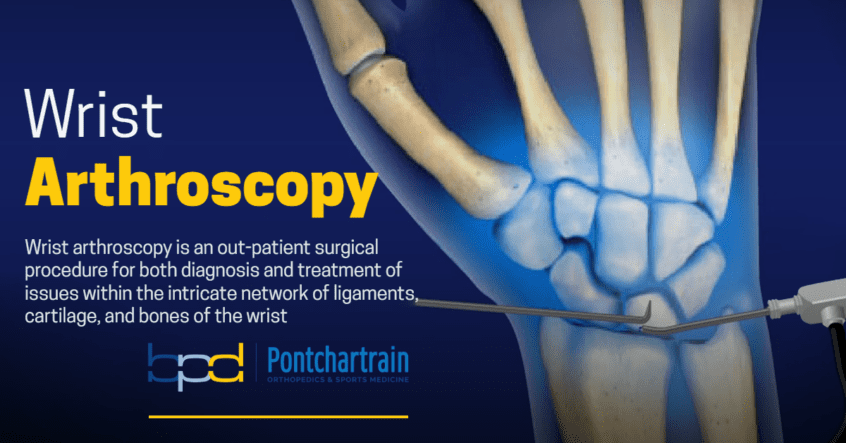Wrist Arthroscopy

Wrist arthroscopy is a remarkable, out-patient surgical procedure that allows for both diagnosis and treatment of issues within the intricate network of ligaments, cartilage, and bones of the wrist joint. Let's delve into what this procedure entails and how it can benefit those experiencing wrist problems.
Understanding Arthroscopy
Arthroscopy involves Dr. Donnelly using a tiny camera known as an arthroscope to peer inside a joint through a small incision. This instrument, roughly the size of a pencil, provides a clear view of the joint's interior, aiding in the identification of any underlying issues.
When is Wrist Arthroscopy the Right Option?
The wrist, composed of eight small bones and an array of connecting ligaments, presents a complex structure. Wrist arthroscopy emerges as a versatile tool for diagnosing and treating various wrist conditions, including:
The Arthroscopic Procedure
Before undergoing wrist arthroscopy, patients undergo a series of preparatory steps, including physical examinations, medical history reviews, and imaging tests like X-rays or MRI scans. During the procedure:

Diagnostic vs Surgical Arthroscopy
Diagnostic arthroscopy helps identify underlying issues causing wrist symptoms, while surgical arthroscopy allows for the treatment of conditions like fractures, ganglion cysts, and ligament tears.
Post-Procedure Care
Following surgery, patients may experience mild discomfort, which can be managed with prescribed medications. Additionally:
Promising Outcomes
The success of wrist arthroscopy hinges on accurately diagnosing and treating identified conditions, which is why setting up an appointment with Dr. Donnelly to assess your injury is the first step we encourage you to take. Overall, the procedure offers a promising avenue for addressing wrist ailments and promoting recovery.
In conclusion, wrist arthroscopy emerges as a groundbreaking solution for unraveling the complexities of wrist issues, providing both clarity and relief to those in need.

